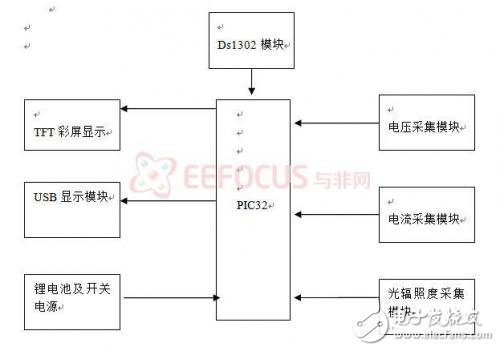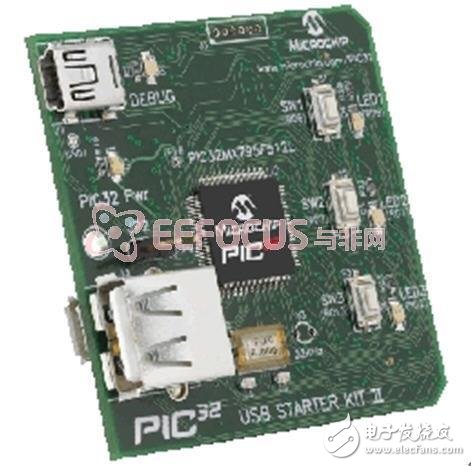When evaluating solar panels and batteries, several key parameters are essential to understand their performance and behavior. These include:
• Open Circuit Voltage (Voc): This is the voltage measured across the battery terminals when no current is flowing. It represents the maximum voltage the battery can provide under ideal conditions.
• Short-Circuit Current (Isc): This is the current that flows through the battery when the load resistance is zero. It indicates the maximum current the battery can supply at a given light intensity.
• Maximum Power Output (Pmax): This is the point on the IV curve where the battery produces the highest power output. The corresponding voltage and current values at this point are known as Vmax and Imax, respectively.
• Pmax Voltage (Vmax): The voltage level at which the battery delivers its maximum power output.
• Pmax Current (Imax): The current level at which the battery delivers its maximum power output.
• Conversion Efficiency (η): This measures how effectively the solar cell converts absorbed light into electrical energy. It is calculated as the percentage of input light power that is converted into usable electrical power.
These parameters are crucial for assessing the performance of solar cells and batteries in various applications, especially in portable testing systems.
**Second, the Composition of the Tester System**
1. PIC32 Module

The PIC32 module serves as the central processing unit of the system. It uses the PIC32 USB Starter Kit II, which is responsible for initializing the system, collecting data, performing calculations, storing information, and managing communication with other components.
2. Acquisition Module
Current Collection: When the solar panel receives sunlight, it generates current. A small voltage is created across resistor R9, which is then amplified by an operational amplifier by a factor of 50. The amplified signal is passed through a voltage follower before being sent to the ADC input of the PIC32 board. After analog-to-digital conversion, the signal is processed by the microcontroller and converted into an actual voltage value, which is then displayed on the screen.
Voltage Collection: To measure the voltage, four 1MΩ resistors are used to divide the voltage across the R4 resistor. The resulting signal is sent to the ADC input via a voltage follower. Once converted into a digital signal, it is processed by the PIC32 and displayed as an actual voltage value.
Voltaic Characteristics: By adjusting the digital potentiometer R5, continuous analog signals for both voltage and current are fed into the PIC32’s ADC. Through software, these signals are converted into real-time voltage and current values, and the power is calculated and displayed on a TFT color screen. Multiple sets of data are collected to analyze and determine the performance of the solar cell accurately.
This system provides a comprehensive way to test and evaluate the performance of solar cells in real-world conditions, making it a valuable tool for researchers and engineers.
monitor, pc monitor, 23.8 Inch Monitor, LED Monitors,monitor 1980 x 1080,LED Monitor, IPS Monitor, PC Monitor,interactive bathroom mirror
Guangdong Elieken Electronic Technology Co.,Ltd. , https://www.elieken.com